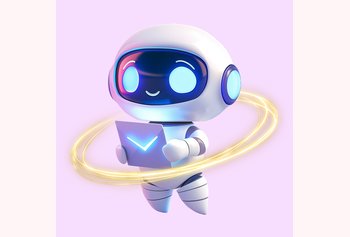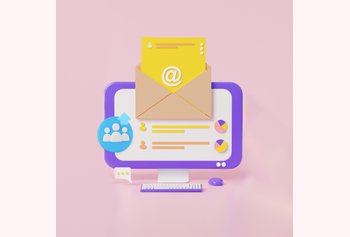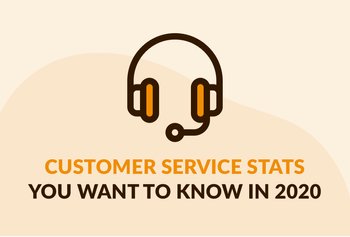The Art of Anticipating Customer Needs: Benefits and Tips
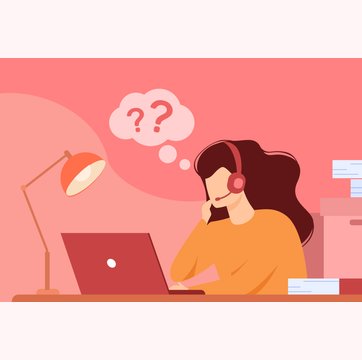
Table of contents
Anticipating customer needs is about being proactive with customer service: you sense a customer might need your help, and reach out to them proactively, instead of waiting around for them to contact support.
This kind of proactive customer support is not just a nice-to-have, it’s something customers have come to expect. In fact, according to a survey by Microsoft, about 70% of consumers have a more favorable view of brands that offer proactive customer service notifications.
In this piece, we’ll cover why it’s important to anticipate customer needs, common concerns customers may have, and the best ways to help customers before they reach out for help.

Table of Contents
- The benefits of anticipating customer needs
- Common customer concerns and needs related to your product
- How to anticipate customer needs?
- In a nutshell
The benefits of anticipating customer needs
Anticipating customer needs in advance offers a few important benefits such as:
- Higher conversion rates: According to a research report by Forbes, 57% of companies said they were able to drive higher conversion rates as well as greater ROI for marketing activities after investing in predictive marketing. 53% of companies reported improved performance across the entire customer journey, right from brand awareness to conversions.
- Reduced workload for support agents: When you anticipate customer issues before they spiral out of control, it reduces workload for your agents. It also allows them to focus on delivering quality support, instead of rushing from one support request to the next.
- Increased customer loyalty: Most customers go out of their way to buy from brands they love. And anticipating customer needs is a great way to become the new favorite brand for your customers, thereby earning loyal customers.
Anticipating the needs of your customers is, therefore, good for your brand as well as your customer support agents.
Common customer concerns and needs related to your product
A big part of understanding and anticipating customer needs is first identifying areas where they may need help. These will usually be related to your product.
Pricing
Product pricing is an important factor that influences customers’ decisions when buying your product. It’s also something customers frequently need help understanding.
If you’re selling a subscription-based product, customers might want to know how different subscription plans compare to each other. For B2C products, customers might want to know if and when during the year you offer sales and discounts.
It helps to clearly mention all product features offered in a specific subscription plan.
It may also be helpful to include a price comparison page on your website, that allows customers to compare your product to others in the market. According to research from Google, more than 50 percent of shoppers say they always do research before they buy to ensure they are making the best possible choice.

Ease of use
A complex product interface is likely to invite more customer queries and concerns, as opposed to one that is simple and easy to use.
It makes sense to evaluate different parts of your product with the unit testing approach and ask, “Is this a feature customers may not understand or need help with?” Then, either simplify the feature or add self-help options, so customers can use it better.
Product information and how-tos
This refers to information about new product features, step-by-step walkthroughs of your product, and frequently asked questions about your product or service.
A good way to answer common customer concerns without overwhelming your customer support team is to build a customer self-service portal. This includes a number of information sources such as a knowledge base (the content needs to be easy to read and answer user’s search intent.),a FAQ page, and a community forum page. Go through a document review process to ensure the content aligns with your guidelines.
Errors and bugs
A customer may face an error due to a mistake from software engineers and programmers. It usually occurs in software products, leading to a change in their functionality and defect in the final product.
A bug is the result of a coding error. Developers often identify bugs during development, though sometimes they may make it to the final product and cause malfunctions.
It’s important to weed out errors and bugs before they make it to the final product, as they risk deteriorating customer experience and are also costly to fix.
The National Institute of Standard Technology (NIST) published a study in 2002 which showed that on average a bug found in coding/unit testing takes 2.4 hours to fix, whereas an average bug found in post-product release takes 13.1 hours to fix.
How to anticipate customer needs?
We’ve gone over common areas or reasons for which customers may get in touch with you, but how do you know when customers will reach out, and for which issue?
Here are some nifty tricks to identify customers’ expectations way before they reach out to customer support and provide a superior experience:
Keep an eye on customer interactions with your brand
This means tracking all the paths that may lead customers to your product — your website, social media channels, and blog — and identifying stages at which customers get stuck.
For instance, if you see a number of new customers visiting your pricing page, but few proceeding to sign up, it’s possible customers find your pricing complicated or they’re unsure about the value of your product.
Recommended Reading

Collect customer insights through user research
User research uses several ways such as customer surveys, group discussions, real-time user testing, and heat maps, to identify issues customers may face with your product.
This type of research helps you uncover both quantitative and qualitative insights about customer behavior. For instance, surveys can help you gauge if your website interface is user-friendly, while real-time testing can help you see which areas customers are most likely to get stuck at, or which sections of your app may be buggy.
Altogether, this data helps you identify common roadblocks customers might face. You can either remove them entirely or provide helpful instructions for customers to navigate them.
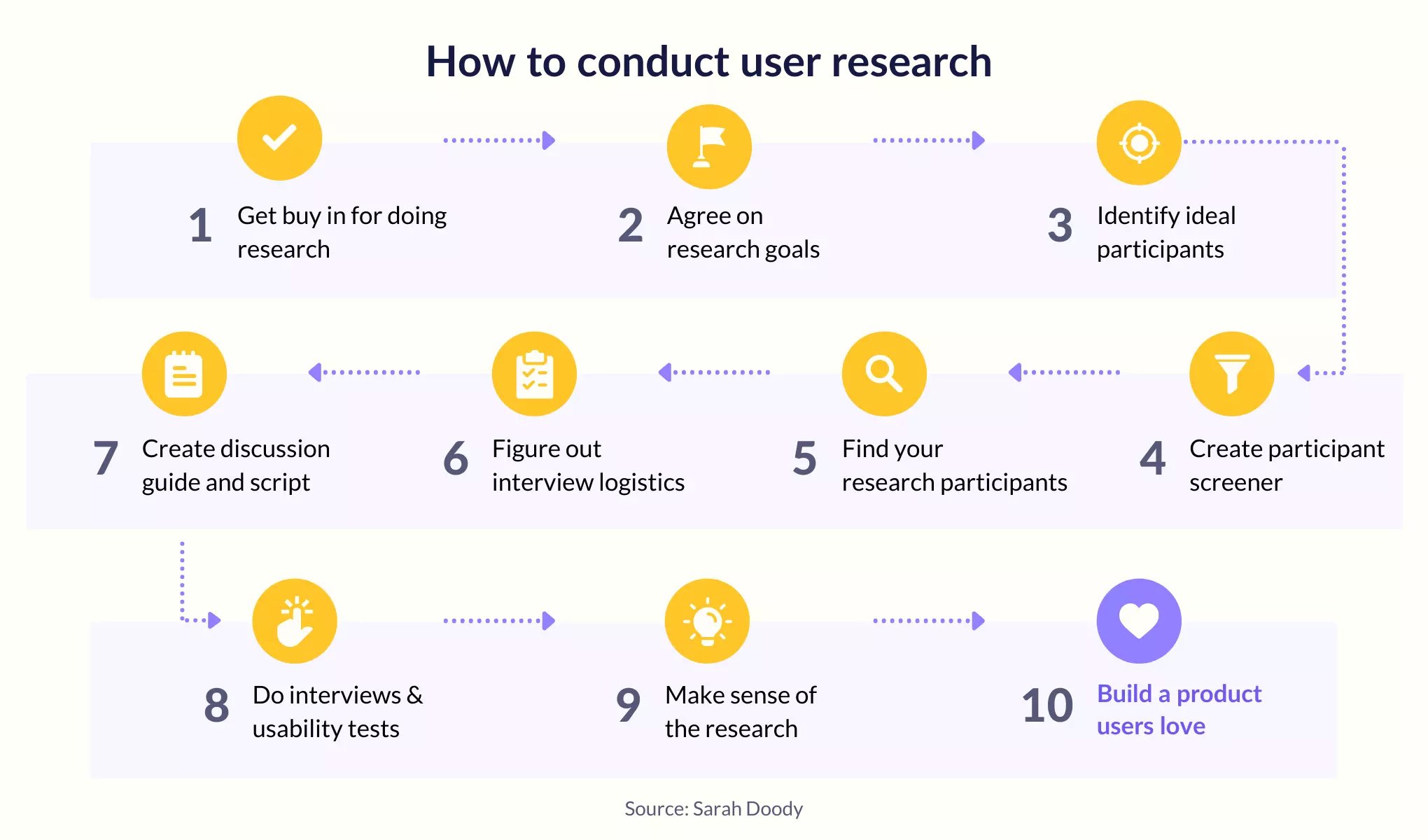
Analyze buying patterns of customers
Buying patterns reveal the channels customers most frequently use to purchase your product, the frequency with which they purchase, and how they respond to marketing promotions. This helps you optimize your purchase channels, anticipate demand for products, and tweak your promotional channels.
For instance, if you see more customers switching to mobile wallets to make payments, you might add more options for customers to check out using this channel. Similarly, if you see a customer frequently purchase the same item, you may send offers related to that product, or automatically add to their cart the next time they log in.
Track customer activity in your product
This is particularly helpful for anticipating customer needs for software applications. It’s something a project manager needs to monitor.
The actions customers take inside a product may sometimes reveal if they will run into potential issues.
Payments app Square tracks customer activity inside its app to gauge potential customer queries. For example, if they notice a customer failed to link to their bank account, they proactively send them an email explaining why, instead of waiting for them to reach out. If a seller starts accepting card payments, they send them tips on swiping cards and card readers.
Thanks to this proactive support, Square’s CSAT scores have gone from 30% to over 75%.

Use insights from customer support requests
Each customer support interaction ― from support conversations to knowledge base queries, to NPS surveys and live chat ― is a chance to collect useful customer data.
While NPS and CSAT surveys help you see how many customers like or dislike your product, support conversations with your current customers help you understand why. They give you a sneak peek into the most common issues customers run into with your product and what you can do to improve their experience. According to Hiver’s Customer Service Benchmark Report, 51% of customer service teams monitor all support conversations to infer customer feedback.
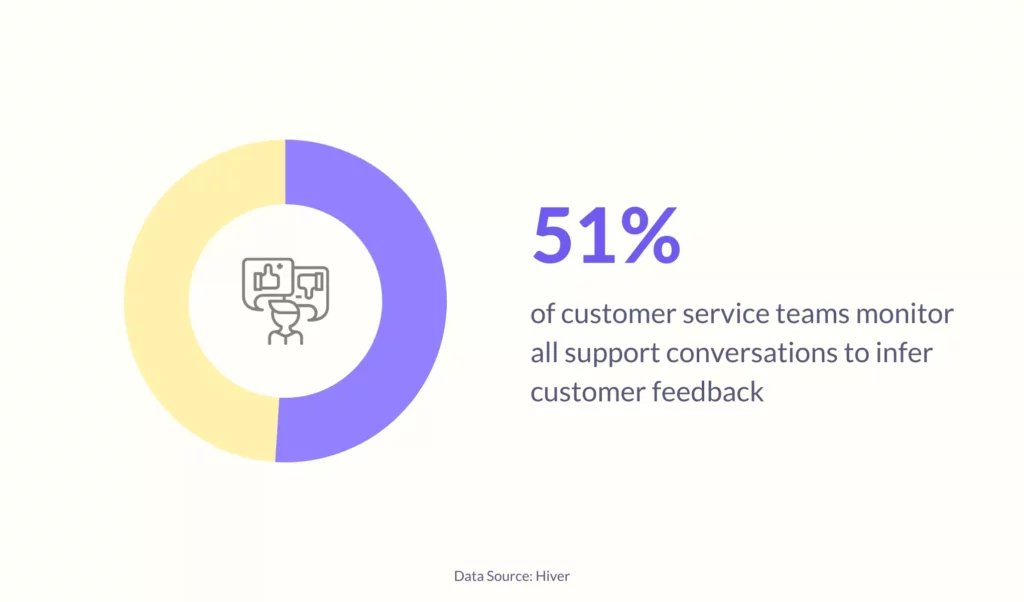
It is also helpful for agents to keep a customer’s past support interactions handy, so they can get relevant context about the customer and the issues they frequently run into. This helps support agents solve customer queries in a single interaction, instead of asking customers for more information and delaying support.
Collaborating quantitative and qualitative customer service data is the best way to get an in-depth understanding of customer needs and problems.
In a nutshell
Providing great customer service is good, but going out of your way to solve customer issues is better. It shows customers you care to go above and beyond to improve their experience and boosts their affinity towards your brand.
Your website analytics, support interactions, and user tests can be a goldmine of customer data, letting you peek into issues customers might run into and help them before they ask for help.
Remember, the better you are at anticipating customer needs, the better you’ll get at eliminating customer problems.












